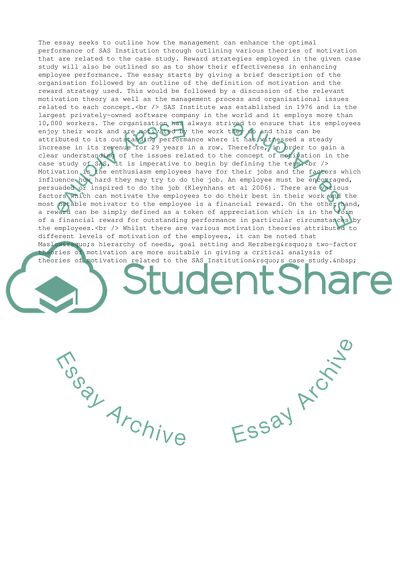Cite this document
(Managing Performance of Individuals in SAS Institute Case Study, n.d.)
Managing Performance of Individuals in SAS Institute Case Study. Retrieved from https://studentshare.org/management/1734928-managing-performance-of-individuals
Managing Performance of Individuals in SAS Institute Case Study. Retrieved from https://studentshare.org/management/1734928-managing-performance-of-individuals
(Managing Performance of Individuals in SAS Institute Case Study)
Managing Performance of Individuals in SAS Institute Case Study. https://studentshare.org/management/1734928-managing-performance-of-individuals.
Managing Performance of Individuals in SAS Institute Case Study. https://studentshare.org/management/1734928-managing-performance-of-individuals.
“Managing Performance of Individuals in SAS Institute Case Study”. https://studentshare.org/management/1734928-managing-performance-of-individuals.


